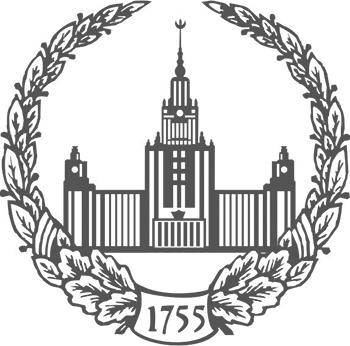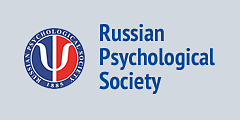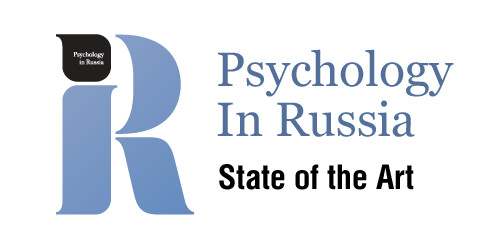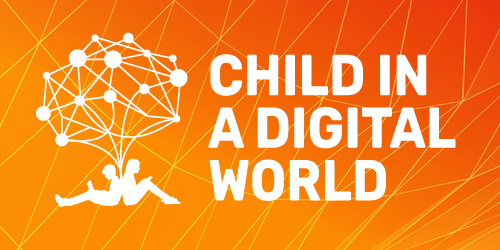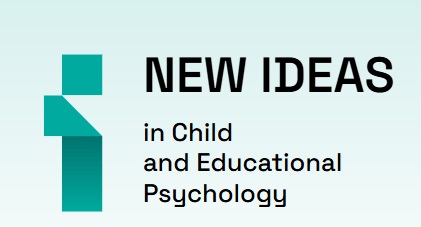Churbanova, S.M.

Cand. Sci. (Psychol.)
Associate Professor at the Department of Developmental Psychology, the Faculty of Psychology, Lomonosov Moscow State University.
-
Preferences of the “Theatrical Teenagers” in the Forms of Communication and their Relationship with New Formations in the Cognitive and Personal SphereLomonosov Psychology Journal, 2025, 3. p. 336-362read more1311
-
Background. Theatrical activity as a collective form of interaction and as a variant of “communication with art” can help adolescents develop the need to communicate with their peers, form novel cognitive and personality traits of the aesthetic sphere, promote creativity and self-awareness, meeting the needs of modern society.
Objective. The goal is to reveal the relationship between the adolescent’s preferences in forms of communication with “engagement with beauty” (of nature, art, moral behaviour), creative potential and the peculiarities of the self-awareness development among students in theatrical institutions.
Study Participants. The study involved 50 teenagers aged 13 to 16 years (Mage = 14.6; SD = 1.6), students of grades 7–9 of the Moscow school with theatrical training. Two contrasting groups of school students, engaged and not engaged in theatrical activities, were organized.
Methods. The research applied the “Questionnaire to determine the profile of participation in extracurricular activities”, “Assessment of a teenager’s relationship with the class”, the Russian version of “the Engagement with Beauty Scale”. Methods of activity products analysis included the modified and adapted version of “the Creativity Assessment Packet” and “Free self-description” on the topic “Who am I, what am I”.
Results. The study revealed facts indicating that adolescents involved in theatrical activities prefer collectivistic and pragmatic forms of communication with peers, come up with creative ideas more often, and have more pronounced structural characteristics of self-awareness. “Engagement with beauty” is better expressed at the level of the final scale score as compared to the results of the adolescents who are not engaged in theatrical activities, preferring collectivistic and individualistic forms of communication. Significant negative relationships were obtained between the individualistic form of communication and the subscales of “emotional engagement” and the beauty of moral actions, as well as with such characteristics of self-awareness as “social relations” and “time perspective”.
Conclusions. The study revealed significant relationships between forms of communication and indicators of cognitive and personality spheres: participation in beauty, creativity development, and structural characteristics of self-awareness for “theatrical” adolescents. The prospects of the study are related to increasing the reliability of the results obtained and expanding the research methods.
Keywords: theater; adolescents; theatrical activity; form of communication; aesthetic sphere; “engagement with beauty”; creativity; self-awareness; psychology of art; developmental psychology DOI: 10.11621/LPJ-25-36
-
-
Age-dependent psychological and individual children’s possibilities of systematic investigation of the creative problem-solving task in the mainstream of P.Ya. Galperin’s approach.Lomonosov Psychology Journal, 2012, 4. p. 92-100read more7305
-
The presented work continues P.Ya. Galperin’s approach to the study of creative thinking. As is known, success of creative problem-solving tasks (CPS) at Galperin’s scientific school contacts with the organized and systematic approach to the analysis and solution of the task. Age-dependent-psychological and individual possibilities of preschoolers, primary school children and adolescents in the decision of some system of CPS features are analyzed.
Keywords: creative thinking; creative problem-solving tasks (CPS); the systematic investigation of the CPS; the age-related neoformations; preschool age; middle childhood; adolescence
-
-
Comparative age-related research of creative problem-solving tasks with sudden insights.Lomonosov Psychology Journal, 2011, 2. p. 86-96read more5240
-
In article are described main results of the study of creative problem-solving tasks (CPS) with sudden insights for various age-specific periods. A classification of testing tasks was developed referencing thinking methods leading to creative solutions such as addition, modification, unification and transformation. This set of creative problem-solving tasks was offered to 7 groups of 200 children age 3 to 15 and 50 adults. Early insights were found in 4-year olds’ work on very simple tasks. Data indicate that the dynamics of CPS skills development varied by the age cohort.
Keywords: creativity; development of creative thinking; creative problem-solving tasks with sudden insights
-


